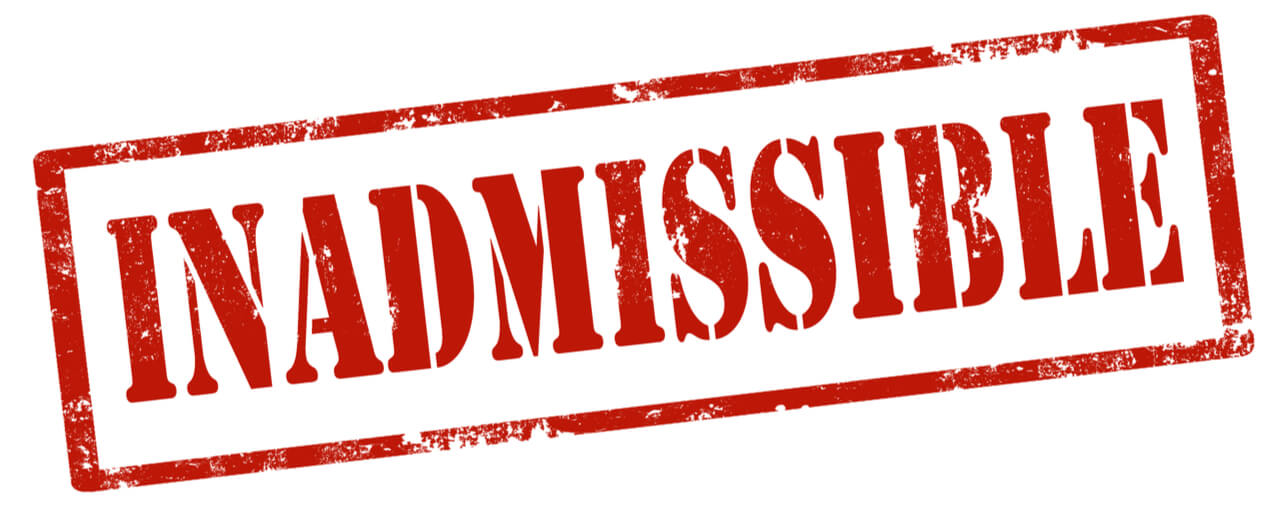Guide 5069 – Temporary Public Policy: Temporary Resident to Permanent Resident Pathway (TR to PR)
Table of Contents
This is not a legal document. The explanations and definitions are not legal definitions. In case of a discrepancy between the language in this document and the relevant legislation or regulations, the legal text in the legislation and regulations prevails.
For legal information, see the:
This information will help you complete the forms and guide you through the application process.
Before You Apply
The Temporary Public Policy: Temporary Resident to Permanent Resident Pathway (TR to PR Pathway) is a limited time pathway to permanent residence for qualifying temporary residents and their families. If you have work experience in Canada in an essential occupation, the health or health services field, or you have recently graduated from a Canadian post-secondary institution, you might be able to apply for permanent residence. Graduates and workers must be present in Canada and currently working (with authorization) at the time of their application, have proficiency in one of Canada’s official languages and meet general admissibility requirements to qualify. There are six streams under this Public Policy, and each has different requirements.
- Workers in-Canada: Stream A (healthcare)
- Workers in-Canada: Stream B (essential non-healthcare)
- International Graduates
- French-speaking Workers in-Canada: Stream A (healthcare)
- French-speaking Workers in-Canada: Stream B (essential, non-healthcare)
- French-speaking International Graduates
To learn more about the pathway, visit the program’s home page.
Eligibility requirements
To be eligible for this program, you must meet the minimum requirements. Answer some questions in our eligibility tool and review the detailed eligibility requirements for your stream before applying.
Do not apply if you do not meet the requirements of one of the 6 streams as your application will be refused and your processing fees will not be returned.
Biometric (fingerprints and photo) requirements
You and your family members may need to appear in person to have their fingerprints and photograph (biometric information) taken at a biometric collection service point.
Canadian citizens and existing permanent residents of Canada are exempt from giving biometrics.
As of December 3, 2019, you need to give biometrics when you apply from within Canada. You can go to a designated Service Canada location.
Find out if you need to give biometrics.
If you have to give biometrics, you can give them after you:
- pay for and submit your application and biometric fees, and
- get a Biometric Instruction Letter (BIL) which will direct you to a list of biometric collection service points you may choose from
You must bring the BIL with you to the biometric collection service point to give your biometrics.
We encourage you to give your biometrics as soon as possible after getting the BIL. We’ll start processing your application after we get your biometrics.
Where to give your biometrics
You need to book an appointment to give your biometrics at one of these official biometric collection service points.
Biometrics exemption for permanent residence applicants who have given biometrics within the last 10 years
If you previously submitted biometrics within the last 10 years, please check our website to see if you need to provide them again. If you do not need to provide them again provide proof with your application that you have previously submitted biometrics to IRCC.
Step 1. Supporting Documents
What documents do I need?
A document checklist will be generated for you when you sign up for the application portal. The checklist identifies the supporting documents you will need to upload to apply through this pathway.
For all streams
1. Proof of Entry and Status in Canada
When you apply, you will need to prove that you have valid status, and are living in Canada when you submit your application and when IRCC makes a final decision on your application.
To prove your status in Canada you must submit a copy of your most recent immigration document such as work permit, or study permit.
Note: Your dependent family members can be outside Canada when you apply and throughout processing.
2. Proof of Current Employment in Canada
When you apply, you will need to prove that you are currently employed in Canada.
You must submit the following as proof:
- A copy of your work permit(s) in Canada (if applicable), and
- An employer reference letter from your current employer. The letter must include:
- location of work
- specific period of your employment (to/from dates)
- description of your main responsibilities and duties
- your total annual salary and benefits
- the number of hours you work per week
- your employer’s name, signature, full address, telephone number and email address (if applicable)
You must also include your most recent pay stubs.





